What is a good liver count. Understanding Liver Function Tests: A Comprehensive Guide to Interpreting Results
What are liver function tests. How do you prepare for a liver function test. What do abnormal liver test results indicate. How often should you get your liver tested. What lifestyle changes can improve liver health. How do different liver enzymes reflect liver function. Can liver damage be reversed.
The Importance of Liver Function Tests in Assessing Overall Health
Liver function tests are a crucial set of blood examinations that provide valuable insights into the health and functionality of this vital organ. These tests measure various enzymes, proteins, and substances in the blood that reflect liver performance and can indicate potential issues or diseases.
The liver, a powerhouse organ responsible for over 500 bodily functions, plays a pivotal role in metabolism, detoxification, protein synthesis, and bile production. Given its significance, monitoring liver health through regular testing is essential for maintaining overall well-being.
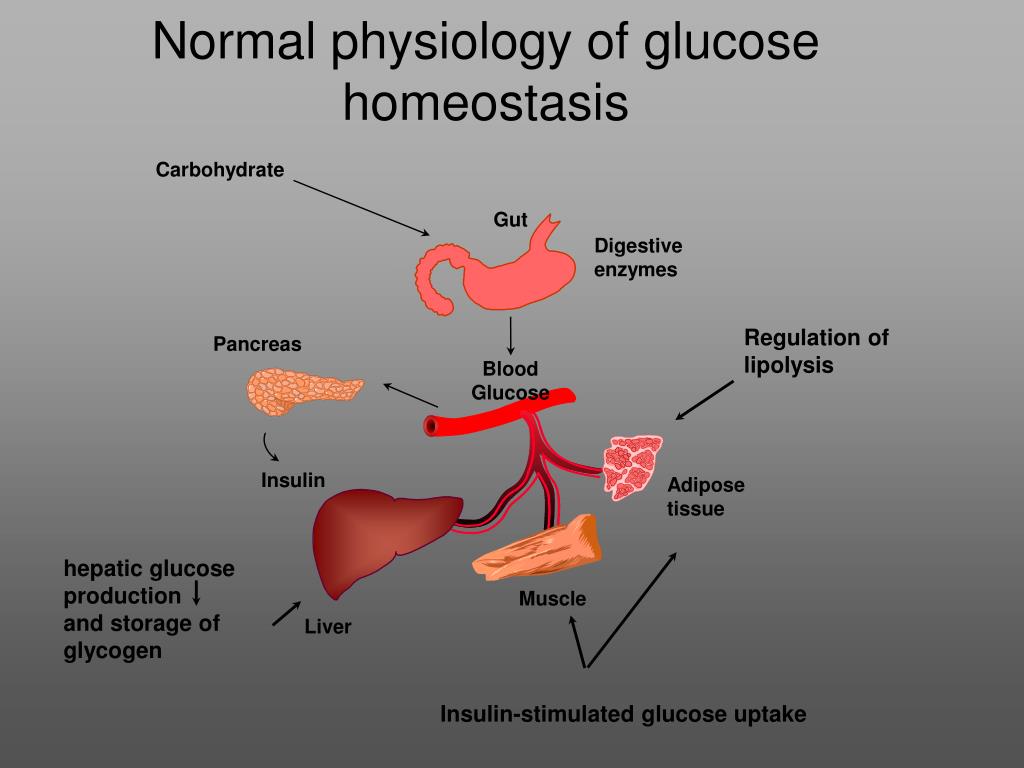
Why are liver function tests performed?
Doctors may recommend liver function tests for several reasons:
- To diagnose or monitor liver diseases such as hepatitis
- To screen for liver damage in high-risk individuals
- To evaluate the progression of liver conditions
- To assess the effectiveness of treatments for liver-related issues
- To monitor potential side effects of certain medications
These tests are particularly important for individuals with risk factors such as heavy alcohol consumption, obesity, diabetes, or a family history of liver disease.
Common Types of Liver Function Tests and Their Significance
Liver function tests encompass a variety of examinations, each providing specific information about liver health and function. Understanding these tests can help patients better interpret their results and have more informed discussions with their healthcare providers.
Alanine Transaminase (ALT) Test
The ALT test measures levels of an enzyme primarily found in liver cells. Elevated ALT levels in the blood often indicate liver cell damage or inflammation. Normal ALT ranges can vary by laboratory, age, and gender, but generally fall between 7 to 55 units per liter (U/L) for adults.

Aspartate Transaminase (AST) Test
Similar to ALT, AST is an enzyme found in liver cells, but it’s also present in heart and muscle tissue. High AST levels can suggest liver damage, but they’re less specific to liver issues than ALT. Normal AST ranges typically fall between 8 to 48 U/L for adults.
Alkaline Phosphatase (ALP) Test
ALP is an enzyme found in various tissues, including the liver, bile ducts, and bones. Elevated ALP levels may indicate liver or bone disorders. Normal ALP ranges are typically between 40 to 129 U/L for adults, but can vary based on age and gender.
Albumin and Total Protein Test
These tests measure the proteins produced by the liver. Low levels of albumin or total protein can suggest impaired liver function or malnutrition. Normal albumin ranges are typically 3.4 to 5.4 grams per deciliter (g/dL), while total protein ranges are usually 6.0 to 8.3 g/dL.
Bilirubin Test
Bilirubin is a yellowish pigment produced when red blood cells break down. The liver is responsible for processing and eliminating bilirubin. High levels can cause jaundice and may indicate liver dysfunction. Normal total bilirubin ranges are typically 0.1 to 1.2 milligrams per deciliter (mg/dL).
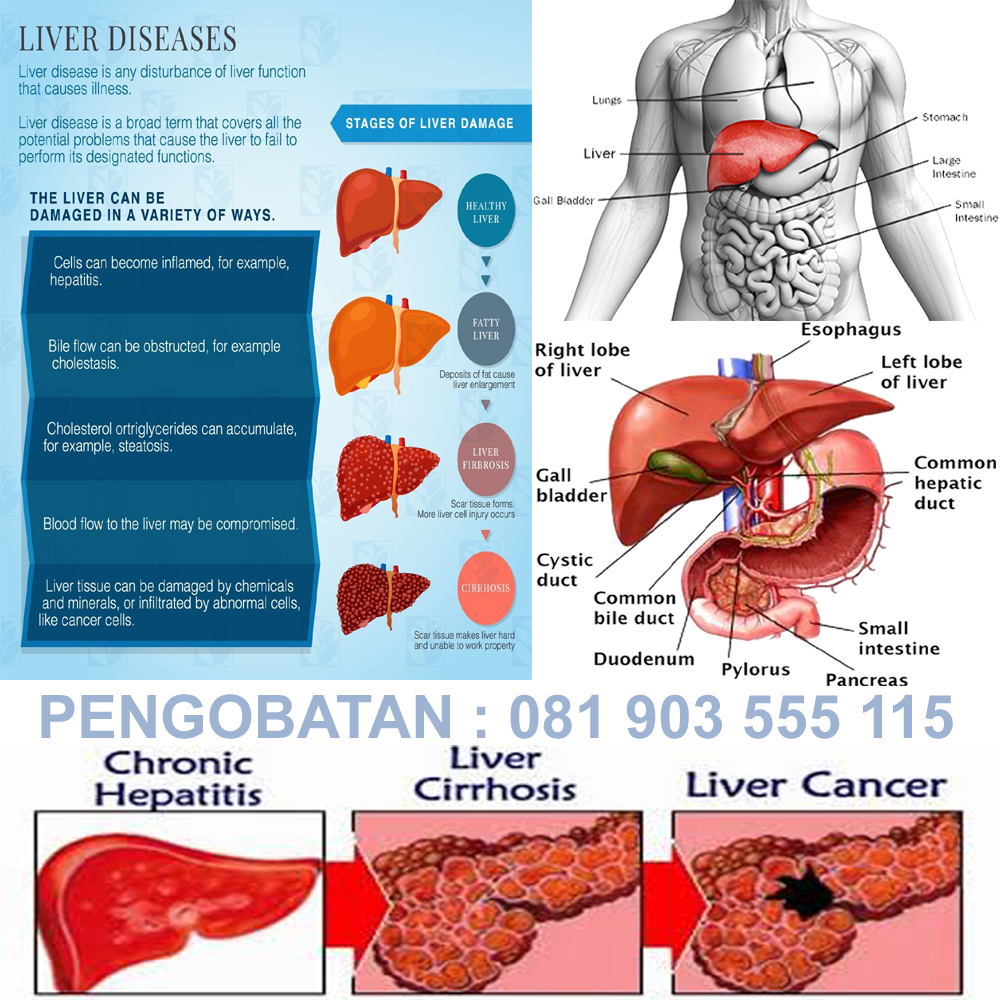
Gamma-Glutamyltransferase (GGT) Test
GGT is an enzyme found in liver and bile duct cells. Elevated levels can suggest liver or bile duct damage, often related to alcohol consumption or certain medications. Normal GGT ranges vary widely based on gender and age but generally fall between 8 to 61 U/L for adults.
Prothrombin Time (PT) Test
This test measures how quickly blood clots, which is partly dependent on proteins produced by the liver. Prolonged clotting times can indicate severe liver damage. Normal PT ranges are typically 11 to 13.5 seconds.
Preparing for a Liver Function Test: What You Need to Know
Proper preparation is crucial for obtaining accurate liver function test results. While specific instructions may vary depending on the healthcare provider and the tests being performed, there are general guidelines patients should follow:
- Fasting: Many liver function tests require fasting for 8-12 hours before the blood draw. This means avoiding all food and drinks except water.
- Medication review: Inform your doctor about all medications, supplements, and herbal products you’re taking, as some may affect test results.
- Alcohol abstinence: Avoid alcohol consumption for at least 24 hours before the test, as it can significantly impact liver enzyme levels.
- Hydration: Drink plenty of water before the test to ensure proper hydration, which can make the blood draw easier.
- Comfortable clothing: Wear loose-fitting clothing with sleeves that can be easily rolled up for the blood draw.
By following these preparation steps, patients can help ensure the most accurate test results possible.

The Liver Function Test Procedure: What to Expect
Understanding the liver function test procedure can help alleviate anxiety and ensure a smooth experience. Here’s what typically happens during a liver function test:
- Registration: Upon arrival at the healthcare facility, you’ll check in and may be asked to verify your personal information and insurance details.
- Preparation: A healthcare professional will explain the procedure and answer any questions you may have.
- Blood draw: A phlebotomist or nurse will clean the area, usually the inside of your elbow, with an antiseptic solution.
- Venipuncture: A small needle will be inserted into a vein to collect the blood sample. You may feel a brief pinch or sting.
- Sample collection: The blood will be drawn into one or more small vials.
- Aftercare: The needle will be removed, and pressure will be applied to the site with a cotton ball or bandage.
- Post-procedure instructions: You’ll receive information on when and how to obtain your results.
The entire process usually takes only a few minutes, and most people experience minimal discomfort.
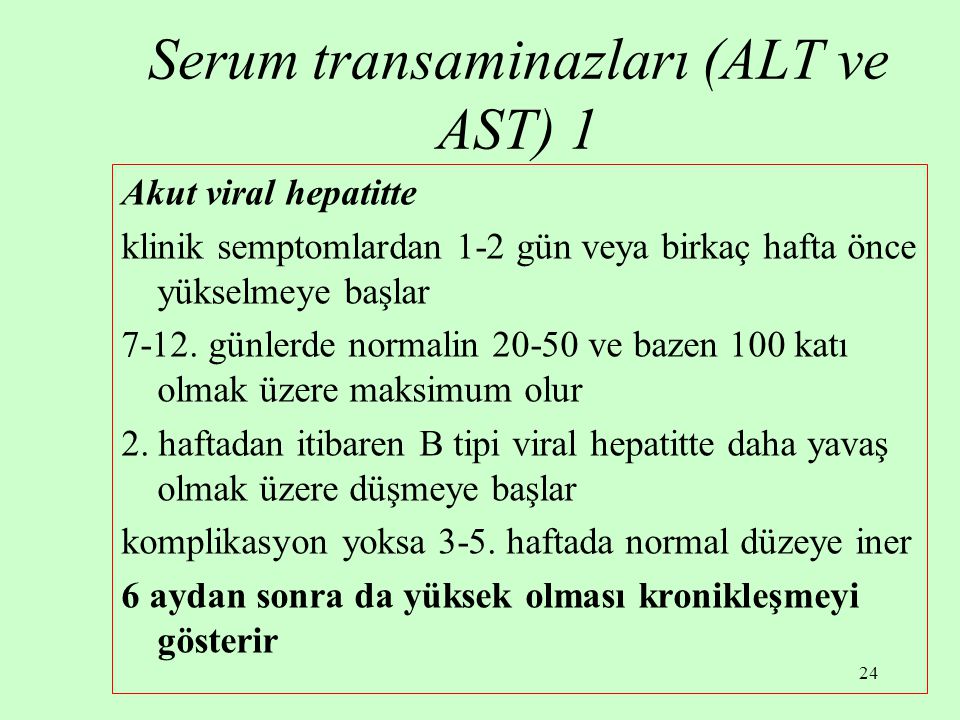
Interpreting Liver Function Test Results: What Do the Numbers Mean?
Interpreting liver function test results can be complex, as normal ranges can vary based on factors such as age, gender, and the specific laboratory performing the tests. However, understanding the general implications of these results can provide valuable insights into liver health.
How are liver function test results reported?
Results are typically reported as numerical values alongside reference ranges considered normal for the specific test. Values outside these ranges may indicate potential liver issues and warrant further investigation.
What do elevated liver enzyme levels indicate?
Elevated levels of liver enzymes such as ALT, AST, and ALP can suggest liver cell damage or inflammation. The specific pattern and degree of elevation can provide clues about the underlying cause:
- Mild elevations (less than 5 times the upper limit of normal) may indicate chronic conditions like fatty liver disease or long-term medication use.
- Moderate elevations (5-15 times the upper limit) could suggest acute hepatitis or other inflammatory liver conditions.
- Severe elevations (more than 15 times the upper limit) may indicate acute liver injury, such as viral hepatitis or drug-induced liver damage.
What do low protein levels mean in liver function tests?
Low levels of albumin or total protein can indicate impaired liver function, as the liver is responsible for producing these proteins. However, low protein levels can also result from malnutrition or other conditions affecting protein metabolism.
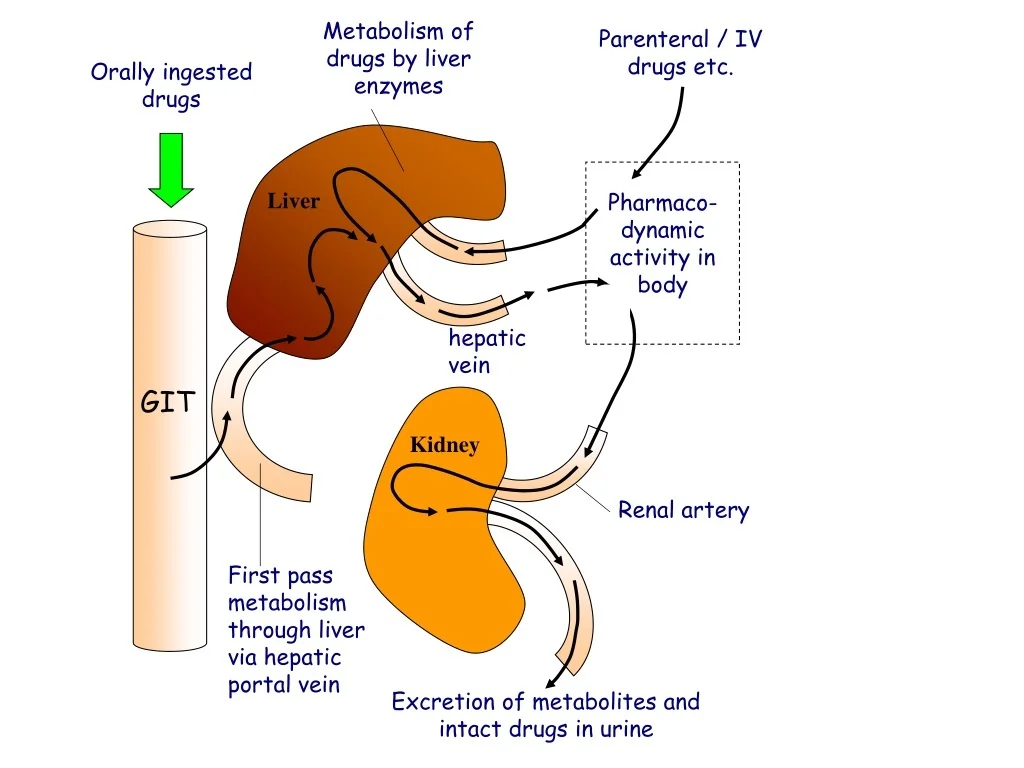
How does bilirubin relate to liver function?
Elevated bilirubin levels can cause jaundice (yellowing of the skin and eyes) and may indicate liver dysfunction or bile duct obstruction. However, slight elevations in bilirubin can also occur in benign conditions like Gilbert’s syndrome.
It’s important to note that liver function test results should always be interpreted in the context of an individual’s overall health, symptoms, and medical history. A single abnormal result does not necessarily indicate liver disease, and follow-up testing or evaluation may be necessary for a definitive diagnosis.
Factors Affecting Liver Function Test Results: Beyond Liver Health
While liver function tests are designed to assess liver health, various factors can influence the results, potentially leading to false positives or negatives. Understanding these factors is crucial for accurate interpretation and appropriate follow-up care.
How do medications impact liver function test results?
Many medications can affect liver enzyme levels, either by directly impacting liver function or by interfering with the test itself. Common medications that may alter liver function test results include:

- Acetaminophen (Tylenol)
- Statins (cholesterol-lowering drugs)
- Certain antibiotics
- Nonsteroidal anti-inflammatory drugs (NSAIDs)
- Some herbal supplements and vitamins
It’s essential to inform your healthcare provider about all medications and supplements you’re taking before undergoing liver function tests.
Can alcohol consumption affect liver test results?
Alcohol can significantly impact liver function test results, even in individuals without chronic liver disease. Recent alcohol consumption can cause temporary elevations in liver enzymes, particularly GGT and AST. For accurate results, it’s recommended to abstain from alcohol for at least 24 hours before the test.
How does body weight influence liver function tests?
Obesity and excess body weight are associated with non-alcoholic fatty liver disease (NAFLD), which can cause mild to moderate elevations in liver enzymes, particularly ALT. Weight loss and lifestyle changes can often improve these results in individuals with NAFLD.

What role do genetics play in liver function test results?
Genetic factors can influence liver function test results, sometimes leading to abnormal readings in the absence of liver disease. For example, Gilbert’s syndrome, a benign genetic condition, can cause mild elevations in bilirubin levels without indicating liver dysfunction.
Considering these factors, healthcare providers often interpret liver function test results in conjunction with a patient’s medical history, physical examination, and other diagnostic tests to ensure accurate diagnosis and appropriate treatment.
Lifestyle Changes to Improve Liver Health and Function
While medical interventions are sometimes necessary for liver health, many individuals can significantly improve their liver function through lifestyle modifications. These changes not only support liver health but also contribute to overall well-being.
How can dietary changes benefit liver health?
A liver-friendly diet can help reduce the burden on this vital organ and improve its function. Key dietary recommendations include:

- Increasing intake of fruits, vegetables, and whole grains
- Limiting saturated and trans fats
- Reducing added sugars and processed foods
- Choosing lean proteins and plant-based protein sources
- Incorporating foods rich in antioxidants, such as berries and leafy greens
What role does exercise play in liver health?
Regular physical activity can have significant benefits for liver health, particularly in individuals with fatty liver disease. Exercise helps by:
- Reducing liver fat accumulation
- Improving insulin sensitivity
- Promoting weight loss
- Enhancing overall metabolic health
Aim for at least 150 minutes of moderate-intensity aerobic activity or 75 minutes of vigorous-intensity aerobic activity per week, along with strength training exercises.
How does alcohol consumption affect the liver?
Excessive alcohol consumption is a leading cause of liver damage and disease. To protect liver health, it’s recommended to:
- Limit alcohol intake to no more than one drink per day for women and two drinks per day for men
- Have several alcohol-free days each week
- Avoid binge drinking
Can stress management improve liver function?
Chronic stress can negatively impact liver health by promoting inflammation and potentially exacerbating liver conditions. Incorporating stress management techniques such as meditation, yoga, or deep breathing exercises can support overall liver health and function.

What role do sleep and hydration play in liver health?
Adequate sleep and proper hydration are essential for optimal liver function. Aim for 7-9 hours of quality sleep per night and drink plenty of water throughout the day to support your liver’s detoxification processes.
By implementing these lifestyle changes, many individuals can improve their liver health and potentially normalize abnormal liver function test results. However, it’s important to work with a healthcare provider to develop a personalized plan that addresses your specific health needs and liver concerns.
When to Seek Medical Attention: Red Flags in Liver Function
While minor fluctuations in liver function test results are common and often benign, certain signs and symptoms warrant immediate medical attention. Recognizing these red flags can lead to early intervention and potentially prevent serious liver complications.
What symptoms indicate severe liver problems?
Seek immediate medical care if you experience any of the following symptoms, which may indicate acute liver failure or severe liver disease:
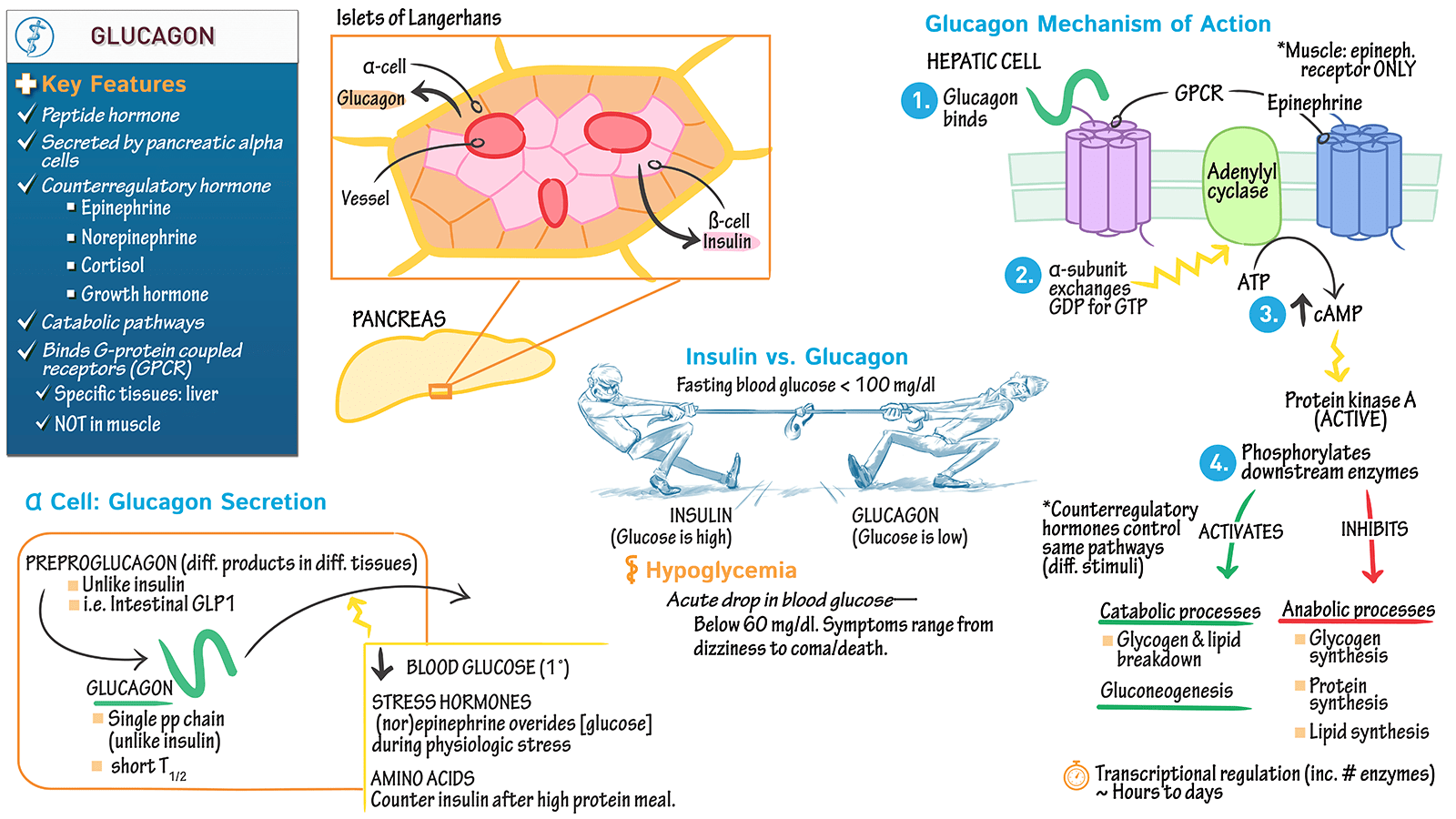
- Yellowing of the skin or eyes (jaundice)
- Severe abdominal pain or swelling
- Persistent nausea or vomiting
- Dark urine or pale stools
- Easy bruising or bleeding
- Extreme fatigue or weakness
- Confusion or changes in mental state
When should you follow up on abnormal liver function test results?
If your liver function tests show abnormal results, your healthcare provider will typically recommend follow-up testing or evaluation. The timing and nature of this follow-up depend on the severity of the abnormality and your overall health status. In general:
- Mild abnormalities may require repeat testing in a few weeks to months
- Moderate abnormalities often warrant additional diagnostic tests, such as imaging studies or more specialized blood tests
- Severe abnormalities may necessitate immediate medical intervention or referral to a liver specialist (hepatologist)
How often should liver function tests be performed?
The frequency of liver function testing depends on individual risk factors and health status. For individuals without known liver issues or risk factors, routine liver function tests may be performed as part of regular health check-ups, typically every few years. However, more frequent testing may be recommended for:
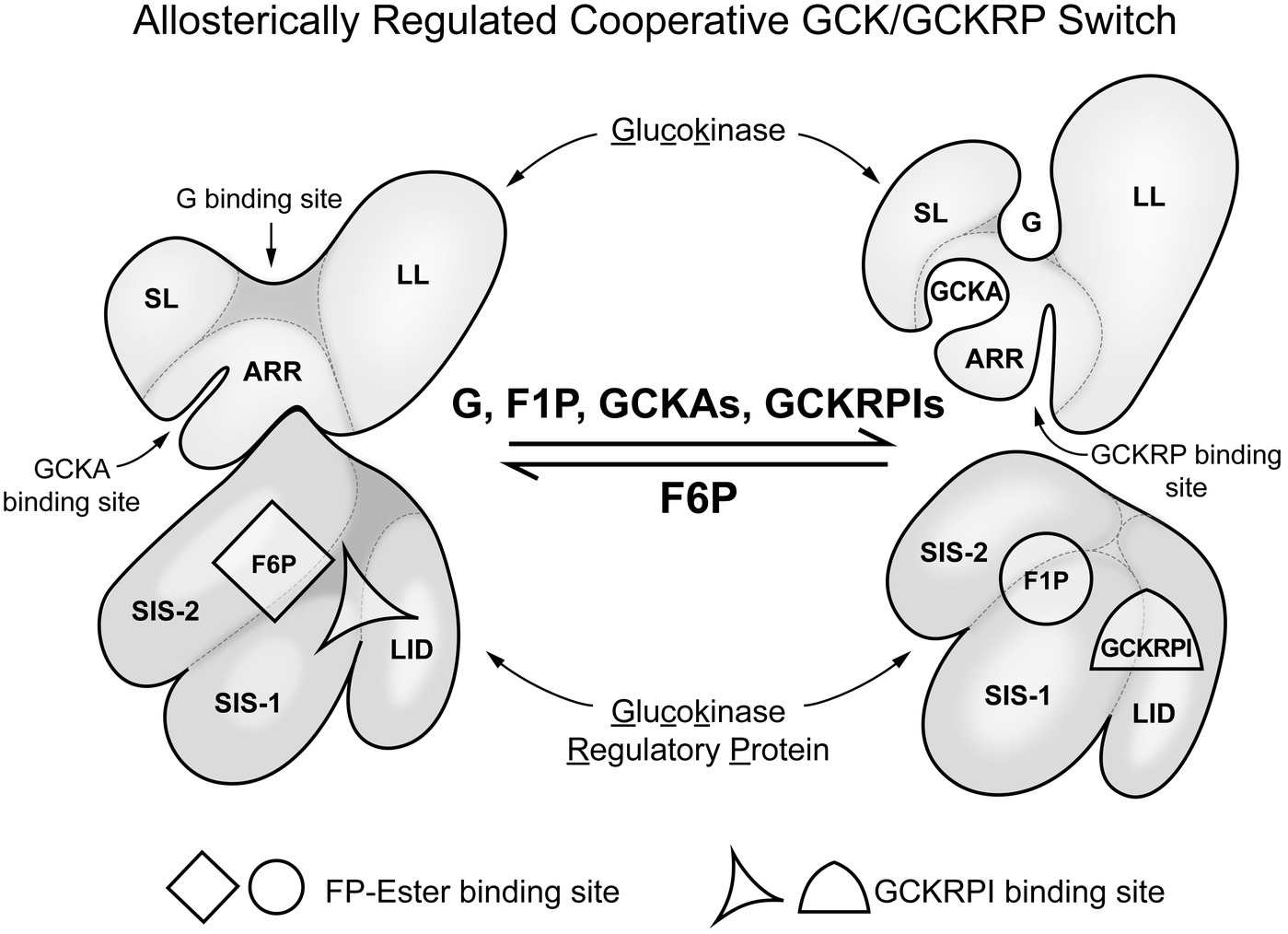
- Individuals with chronic liver conditions
- People taking medications that can affect liver function
- Those with a history of alcohol abuse
- Individuals with obesity, diabetes, or metabolic syndrome
Your healthcare provider can recommend an appropriate testing schedule based on your individual health profile and risk factors.
Understanding liver function tests and recognizing signs of potential liver issues are crucial steps in maintaining overall health. By staying informed, making lifestyle changes when necessary, and seeking timely medical attention, individuals can take an active role in preserving their liver health and function. Remember, the liver has a remarkable ability to regenerate and heal, making early detection and intervention key to preventing long-term liver damage.
Liver Function Test
Written by Matthew Hoffman, MD
- What Is a Liver Function Test?
- Why Are Liver Function Tests Done?
- Types of Tests and What They Measure
- How to Prepare for a Liver Function Test
- What Happens During a Liver Function Test?
- Liver Function Test Results
- Liver Function Test Risks
- More
A liver function test is one of a group of tests that check levels of certain enzymes and other proteins in your blood.
Some of the tests look for enzymes that you’d find in your blood only when your liver is damaged or has a disease. Others check that the organ is working the way it should.
Your liver does all kinds of work that’s crucial for your health. It helps break down food, clean your blood, make proteins, and store energy. If something goes wrong with it, you might have a number of symptoms, from yellow skin to slurred speech. That’s when you might need a liver test.
You might have this test to check for a liver disease such as hepatitis (an illness in which your liver swells and can cause serious issues). General symptoms of liver problems include:
General symptoms of liver problems include:
- Lack of appetite
- Nausea or vomiting
- Weakness or feeling very tired
- Yellowish eyes or skin (jaundice)
- Dark urine or light-colored poop (less common)
- Swelling in your belly (less common)
Often, however, you don’t notice any symptoms.
Your doctor may order a liver test if you’re more likely to have liver damage or disease, like if you:
- Drink heavily or have an alcohol use disorder
- Have a family member with liver disease
- Are very overweight, especially if you also have diabetes or high blood pressure
- Take medicine that can harm your liver
- Have gallbladder disease or anemia
The liver test can also help your doctor learn whether an illness is getting worse or how well treatment is working.
There are a number of liver tests, with lots of complex names. Some common ones include:
- Alanine transaminase (ALT) test.
 ALT is an enzyme that helps break down proteins and is found mainly in your liver. High levels in your blood could mean you have liver damage.
ALT is an enzyme that helps break down proteins and is found mainly in your liver. High levels in your blood could mean you have liver damage. - Alkaline phosphatase (ALP) test. ALP is an enzyme in your liver, bile ducts, and bone. You might have high levels if you have liver damage or disease, a blocked bile duct, or bone disease.
- Albumin and total protein test. Your liver makes two main proteins: albumin and globulin. Low levels might mean damage or disease. Keep in mind that your immune system also makes globulin.
- Aspartate transaminase (AST) test. AST is another enzyme in your liver. High blood levels could be a sign of damage or disease.
- Bilirubin test. Your body makes bilirubin when it breaks down red blood cells. Usually, your liver cleans bilirubin out of your body. If you have high levels in your blood, a problem called jaundice, you may have liver damage.
- Gamma-glutamyltransferase (GGT) test.
 High levels of the GGT enzyme could point to liver or bile duct damage.
High levels of the GGT enzyme could point to liver or bile duct damage. - Prothrombin time (PT) test. This test measures how long it takes your blood to clot. If it takes a long time, that could be a sign of liver damage. Medications that thin your blood, such as warfarin (Coumadin), can also lead to a longer PT. You probably won’t have this test until you have had other liver tests.
Make sure to tell your doctor about any medicines you’re taking, including over-the-counter medications and herbal supplements. They may tell you to stop eating the night before the test.
Your doctor uses a thin needle to take a small amount of blood, usually from your arm near your elbow. You’ll feel a pinch or stinging when the needle goes in.
If there is liver damage, you’ll probably have these tests more than once over a few days or weeks. Your doctor can look at how levels change to be sure of your condition.
If you get your test at a clinic that has a lab on-site, you can get results in a few hours. If not, it might take a few days.
If not, it might take a few days.
The results usually show normal values for the specific test, along with your numbers. Keep in mind that what’s normal can vary with different labs. It also depends on whether you’re male or female.
If your results aren’t normal, you’ll probably get more tests.
By itself, a liver test can’t tell for sure that you have a certain illness. Your doctor can help you understand what your results mean.
Liver function tests are generally safe, with few risks. You may have some soreness or a bruise where the blood is taken. Call your doctor if it doesn’t get better after a couple of days.
Top Picks
How to test your liver health
Your liver is an organ that plays a role in over 500 functions in your body.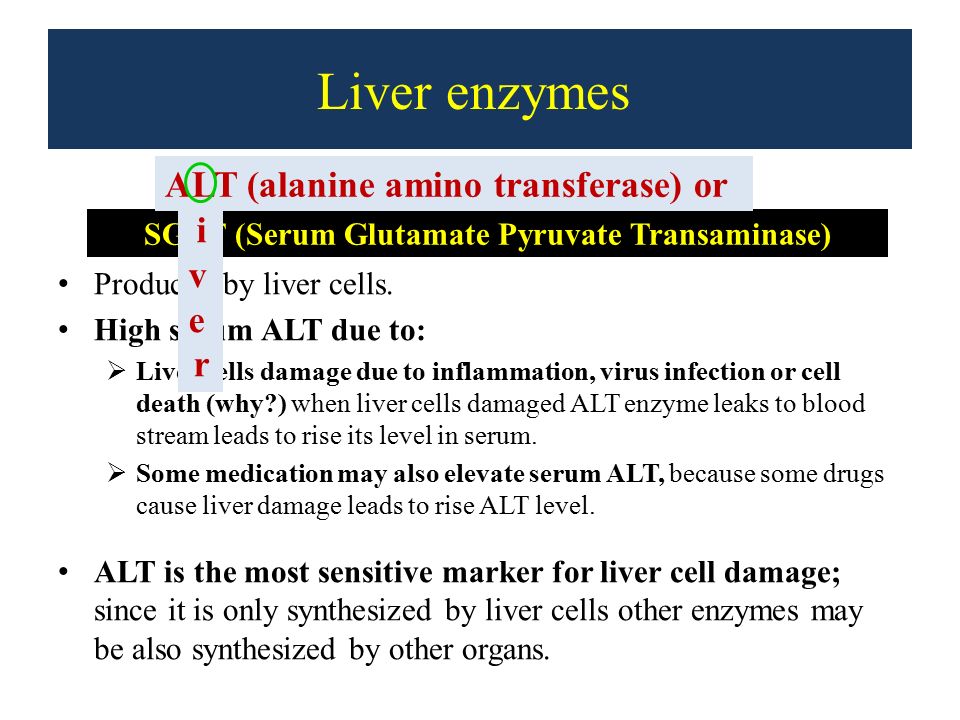 You can check your liver health with a home blood test. Alcohol, being overweight, an unhealthy diet, and certain medications can affect your liver health.
You can check your liver health with a home blood test. Alcohol, being overweight, an unhealthy diet, and certain medications can affect your liver health.
What is the liver?
The liver is an organ that sits in the upper part of your stomach and is essential for your health. It plays a role in over 500 functions in your body. These include:
- creating bile acids — helps you digest food
- breaking down and storing nutrients
- detoxifying your blood
- fighting infections
- helping your blood to clot
- maintaining hormone balances
- regulating blood sugar levels
Where is your liver?
The liver is the second largest organ in your body. It sits in the upper part of your stomach, on the right side of your abdomen.
What is a liver blood test?
A liver blood test was formerly known as a liver function test or LFT. The name has changed to reflect new guidance from the British Liver Trust published in 2022, reporting that a liver blood test can’t diagnose or rule out liver disease when analysed on its own.
This means your liver blood test results might be normal even if you have liver disease. But it’s important to note that many people with abnormal liver blood test results don’t have liver disease.
What can a liver blood test tell you?
A liver blood test measures the levels of various things in your blood, like proteins, liver enzymes, and bilirubin. This can help check the health of your liver and for signs of inflammation or damage.
Your liver can be affected by:
- liver infections — like hepatitis B and hepatitis C
- non-alcoholic fatty liver disease
- alcohol-related liver disease
- scarring on your liver (cirrhosis)
- gallbladder disease
- possible side effects of medications and herbal remedies — like St John’s Wort
- haemochromatosis — when your body stores too much iron
- autoimmune conditions — when your body reacts and attacks itself
Who should do a liver blood test?
A liver blood test might be helpful if you:
- have symptoms of fatigue and nausea
- drink more than 14 units of alcohol a week
- are worried about fatty liver disease
- are overweight
- have type 2 diabetes
- have raised cholesterol
- have a genetic disease — like haemochromatosis
- are taking medications which affect your liver
When doing this blood test, one of our reporting GPs will review your:
- previous liver blood test results (if you have any)
- health profile
- body mass index (BMI)
- alcohol consumption
- diet
What’s included in a liver blood test?
Liver proteins
The main proteins measured in a liver blood test are:
- albumin — helps transport nutrients and hormones, as well as helps grow and repair tissues in your body
- globulin — helps your blood clot and fights infections
- total protein — this is your albumin and globulin levels combined
Liver enzymes
The main enzymes measured in a liver blood test are:
- alkaline phosphatase (ALP) — helps break down proteins so your body can absorb them
- alanine transferase (ALT) — also helps break down proteins
- gamma-glutamyl transpeptidase (GGT) — helps detoxify drugs and alcohol
Bilirubin
Bilirubin is a yellow pigment. When your red blood cells break down, bilirubin is what’s leftover. It’s a waste product with no known function in your body.
When your red blood cells break down, bilirubin is what’s leftover. It’s a waste product with no known function in your body.
The signs and symptoms of a liver disorder might include:
- tiredness and fatigue
- loss of appetite
- weight loss
- low sex drive (libido)
- jaundice — when you have too much bilirubin, it causes yellow skin and eyes, and itchy skin
- nausea and vomiting
- diarrhoea
- abnormal bruising and bleeding
- abdominal pain
- a build-up of fluid in your abdomen
You must see your doctor and check your liver health if you have these symptoms.
How do you check your liver health?
You can check your liver health by using a liver blood test in the comfort of your own home.
Regularly checking your liver health is particularly beneficial if you:
- drink a lot of alcohol — it’s best to drink no more than 14 units a week (roughly 6 pints of beer or 6 medium glasses of wine)
- carry excess weight, or you’re obese
- have diabetes
- have high blood pressure
- have high triglyceride levels (fats in your blood)
- have haemochromatosis — a build-up of iron in your body
If your liver blood test results are out of range, your doctor might do an ultrasound scan or biopsy to check for liver damage.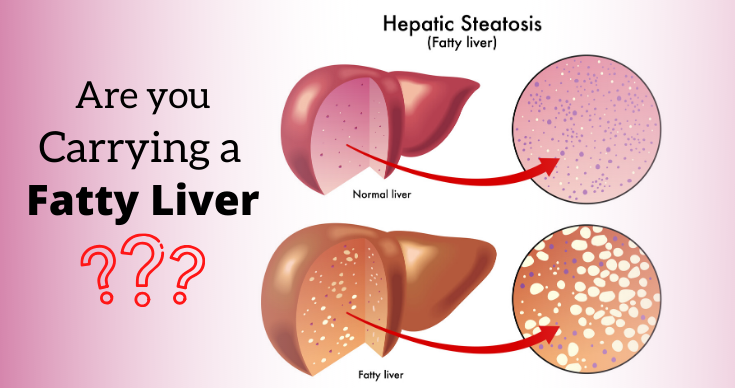
What if your liver blood test results contain abnormalities?
Mild to moderate abnormalities in your liver blood test results are commonly associated with:
- non-alcoholic fatty liver disease
- alcohol-related liver disease — for example, you might have elevated gamma-glutamyl transpeptidase (GGT) levels
- certain medication — like some antibiotics, anti-epileptic drugs, and non-steroidal anti-inflammatory drugs (NSAIDs) like ibuprofen
- infections like hepatitis B and C
If your liver blood test results are abnormal, we recommend following them up with a healthcare professional. They will investigate your results further to help rule out or diagnose liver disease.
The National Institute for Health and Care Excellence (NICE) recommends a FibroScan if you drink more than 50 units of alcohol a week for men or 35 units or more a week for women.
A FibroScan is a non-invasive medical device that checks for liver fibrosis and cirrhosis (scarring) by measuring how stiff your liver is.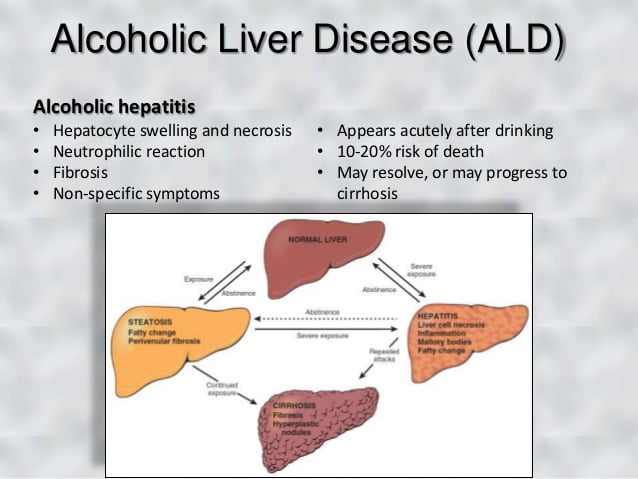
Interpreting your liver blood test results
Since a liver blood test measures many different health markers, it can help pick up many issues. High or low levels of specific proteins and enzymes can indicate a problem with your liver.
Albumin
If your liver or kidneys aren’t working properly, it can cause your albumin levels to drop. This might be caused by a poor diet, an infection, kidney disease, or inflammation.
Normal albumin levels range from 35-50 g/L.
Globulin
Many conditions can cause your globulin levels to increase or decrease.
Low protein, globulin, and albumin levels might suggest:
- liver disease
- kidney disease
- malnutrition or malabsorption
High globulin, protein, and albumin levels could indicate:
- dehydration
- an infection
- inflammation
There’s a phenomenon in cirrhosis when your albumin levels are low, and your globulin is high.
Normal globulin levels range from 19-35 g/L.
Total protein (albumin and globulin)
Low total protein levels can signify a liver or kidney disorder. It might also signify that you’re not absorbing food properly, like in inflammatory bowel disease (IBD) or coeliac disease.
High total protein levels can signify dehydration, chronic inflammation or an infection like viral hepatitis. It’s rare, but it can also be a sign of a bone marrow disorder or HIV.
If you have cirrhosis, your total protein levels might be normal — this is because globulin rises as albumin levels fall.
Normal total protein levels range from 63-87 g/L.
Alkaline phosphatase (ALP)
High ALP levels can signify liver inflammation, damage to your gallbladder, or bone disease. Raised levels can also happen during puberty and pregnancy.
An ALP level under 130 IU/L is considered normal for men and women.
Alanine transferase (ALT)
ALT is mainly found in your liver, so it’s a good indicator of your liver health. A high ALT level can be a sign of liver damage. An ALT level between:
A high ALT level can be a sign of liver damage. An ALT level between:
- 15-50 IU/L is considered normal for men
- 10-35 IU/L is considered normal for women
Gamma-glutamyl transpeptidase (GGT)
High GGT levels can be a sign of liver damage or disease. If you drink large amounts of alcohol for a long period of time, your GGT levels usually increase.
A GGT level:
- under 71 IU/L is considered normal for men
- under 42 IU/L is considered normal for women
Bilirubin
High bilirubin levels can be a sign that your liver is damaged. If you drink excessive amounts of alcohol, take certain medications, or if you’re destroying more red blood cells than usual (haemolysis), it can increase your levels. Sometimes it might be caused by Gilbert’s syndrome — a harmless inherited disorder.
A bilirubin level:
- under 24 umol/L is considered normal for men
- under 15 umol/L is considered normal for women
What affects your liver health?
How alcohol affects your liver
Drinking too much alcohol can lead to alcohol-related fatty liver disease (ARLD).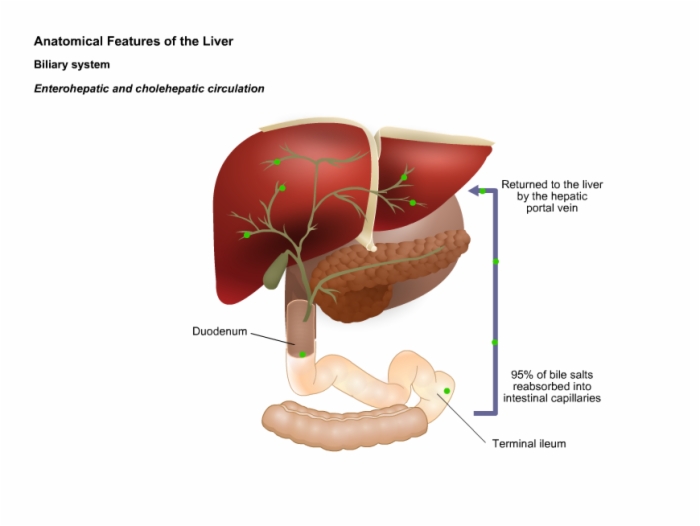 This is because alcohol can increase the levels of fats in your liver. Research suggests this might result from waste products in alcohol that cause your liver to make more fatty acids.
This is because alcohol can increase the levels of fats in your liver. Research suggests this might result from waste products in alcohol that cause your liver to make more fatty acids.
If you stop drinking alcohol or lower your intake to a safe level, your liver usually repairs itself. If you keep drinking a lot, your liver will become inflamed. And over a few years, this can cause permanent scarring on your liver (cirrhosis) and can lead to liver failure.
How weight affects your liver
Being overweight or obese can also cause fatty liver disease, called nonalcoholic fatty liver disease (NAFLD). Other risk factors for NAFLD include:
- high cholesterol or triglycerides
- high blood pressure
- type 2 diabetes
- smoking
- lack of exercise
Like with ARLD, NAFLD can cause permanent damage to your liver if left untreated for years.
How do drugs affect your liver?
Some common drugs, like acetaminophen (paracetamol) and nonsteroidal anti-inflammatories (aspirin and ibuprofen), can cause serious damage to your liver.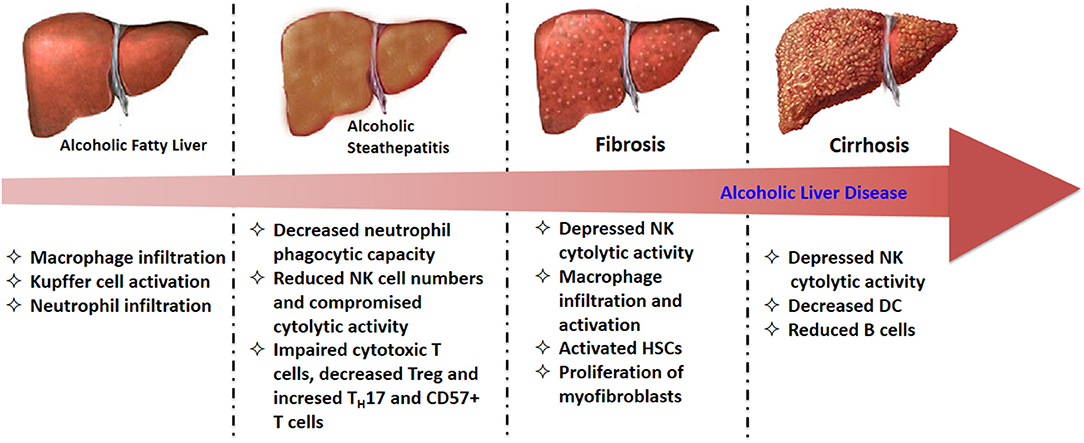 This can happen if you take too much of it in one go or take high doses over a longer period.
This can happen if you take too much of it in one go or take high doses over a longer period.
Avoid using these drugs to treat your hangover symptoms until all the alcohol is out of your system. It takes your body approximately 1 hour to clear one unit of alcohol. They interfere with your liver and can cause severe side effects, even death.
Other drugs that can affect your liver include:
- steroids — a type of anti-inflammatory medicine used to treat various conditions
- antibiotics — used to treat or prevent some types of bacterial infection
- statins — used to help lower the level of low-density lipoprotein (LDL) cholesterol in your blood
- antifungal drugs — used to treat fungal infections that commonly affect your skin, hair, and nails
- antiviral drugs — used to help your body fight off harmful viruses
It’s important to always consult with your doctor when taking any medication. If a possible side effect of the medication is liver damage, you should do regular liver blood tests.
How diet affects your liver
Your diet has a significant effect on your liver health. The worst foods for your liver include:
- saturated and trans fats — like fried foods, red meat, cakes, pastries, and cream
- refined carbohydrates — like white bread and white pasta
- added sugars — like fruit juices, fizzy drinks, and sweets
- salt — like frozen foods, salted nuts, and smoked or cured meats
How to improve your liver health
The good news is that it usually takes years for permanent liver damage to develop. So if you catch it early enough, you can make many lifestyle changes so your liver can repair itself.
To improve your liver health and long-term health, you should:
- limit the amount of alcohol you have a week to 14 units — that’s equivalent to 6 pints of beer or 6 medium glasses of wine. If you can, it’s best to stop drinking altogether
- lose weight if you’re overweight or obese
- follow a healthy, balanced diet — like the Mediterranean diet
- make sure you get enough exercise — aim for a mix of aerobics and activities to improve your fitness
- drink some coffee — some studies have shown that caffeine can help improve your liver health
- avoid excess sugary food and sweet drinks
How to understand liver elastography results (FibroScan®)
This information will help you understand FibroScan results. Your doctor will discuss your results with you and provide additional information at the time of your appointment.
Your doctor will discuss your results with you and provide additional information at the time of your appointment.
back to top of page
About Liver Elastography and FibroScan
Liver Elastography is a non-invasive test your healthcare provider can use to look at your liver. “Non-invasive” means that no instruments are inserted into your body.
FibroScan is a type of liver elastography. FibroScan is a special ultrasound technology that measures the stiffness (hardness) of the liver and fatty liver. These measurements give the healthcare provider more information about your liver disease.
Below are some useful terms related to FibroScan results.
- Fibrosis: scarring of liver tissue.
- Stiffness of the liver: hardness of the liver associated with scarring of its tissues.
- Fatty degeneration: Abnormal accumulation of fat in the liver.
- Steatosis: a condition caused by excessive fat in the liver.

- CAP score: is the percentage of fat degeneration.
Fibrosis and steatosis are measured separately. Your health care provider will discuss your results at the time of your appointment.
The following is a more detailed explanation of the FibroScan results. As you continue reading, you will learn more about your results.
back to top of page
About the CAP score
Your healthcare provider will use the CAP score to determine the degree of steatosis. The CAP score is measured in decibels per meter (dB/m). It varies in the range from 100 to 400 dB/m. The CAP score and the degree of steatosis may increase or decrease over time.
The table below shows the ranges of CAP scores and their respective degrees of steatosis. It shows which part of the liver is affected by the process of fat accumulation. In a healthy liver, the amount of fatty degeneration can be up to 5%. Values below 238 dB / m mean that the amount of fatty degeneration in your liver does not exceed the norm.
| CAP score | Degree of steatosis | Fatty liver volume |
|---|---|---|
| 238-260 dB/m | S1 | Less than ⅓ (11% to 33%) |
| 260-290 dB/m | S2 | ⅓ to ⅔ (34% to 66%) |
| 290-400 dB/m | S3 | Over ⅔ (67%) |
back to top of page
About the result of measuring liver stiffness
Liver stiffness is measured in kilopascals (kPa). Normal results are usually in the range of 2 to 7 kPa. If you have liver disease, your results may be higher than normal. The maximum possible result is 75 kPa.
Using a Liver Stiffness Test to Score Fibrosis
Your health care provider uses a Liver Stiffness test and your medical record to determine the stage of fibrosis. Your results may range from normal to advanced.
- Normal: liver scarring is absent or mild.

- Moderate or severe: scarring of liver tissue that can be corrected (removed) by treatment of liver disease. Proper nutrition and the transition to a healthy lifestyle can slow or reverse the process of scarring of liver tissue. With moderate scarring of the liver tissue, you may not have any symptoms.
- Running stage: cirrhosis is a late form of scarring of the liver tissues in the advanced stage. This condition develops over time with chronic (long-term) liver disease.
You can use the following chart to check your liver condition. It’s based on your diagnosis, liver stiffness and fibrosis. Not all diseases are listed in the table. If you do not see your condition, ask your healthcare provider to review your results with you. If you have been diagnosed with multiple liver diseases, this table may not apply.
How to use the table:
- Find your diagnosed liver disease in the first column on the left.

- Find your liver stiffness measurement in the second column from the left. Follow along the line with your result. The liver stiffness ranges shown in the table are estimates (inaccurate).
- View the rest of the values in this row from left to right. The fibrosis score is listed in the third column from the left. The last column indicates the degree of scarring of the liver tissue.
| Disease diagnosis | Liver stiffness test result | Fibrosis stage | Your liver |
|---|---|---|---|
| Alcohol abuse disease | 2-7 kPa | F0-F1 | OK |
| 7–11 kPa | F2 | Moderate hepatic scarring | |
| 11–19 kPa | F3 | Severe hepatic scarring | |
| 19 kPa or more | F4 | Cirrhosis present | |
| Cholestatic disease | 2-7 kPa | F0-F1 | OK |
| 7-9 kPa | F2 | Moderate hepatic scarring | |
| 9-17 kPa | F3 | Severe hepatic scarring | |
| 17 kPa or more | F4 | Cirrhosis present | |
| Hepatitis B | 2-7 kPa | F0-F1 | OK |
| 8-9 kPa | F2 | Moderate hepatic scarring | |
| 8-11 kPa | F3 | Severe hepatic scarring | |
| 12 kPa or more | F4 | Cirrhosis present | |
| Hepatitis C | 2-7 kPa | F0-F1 | OK |
| 8-9 kPa | F2 | Moderate hepatic scarring | |
| 9-14 kPa | F3 | Severe hepatic scarring | |
| 14 kPa or more | F4 | Cirrhosis present | |
| HIV/hepatitis C co-infection | 2-7 kPa | F0-F1 | OK |
| 7–11 kPa | F2 | Moderate hepatic scarring | |
| 11–14 kPa | F3 | Severe hepatic scarring | |
| 14 kPa or more | F4 | Cirrhosis present | |
| Non-alcoholic fatty liver disease (NAFLD) or non-alcoholic steatohepatitis (NASH) | 2-7 kPa | F0-F1 | OK |
7. 5-10 kPa 5-10 kPa | F2 | Moderate hepatic scarring | |
| 10–14 kPa | F3 | Severe hepatic scarring | |
| 14 kPa or more | F4 | Cirrhosis present |
Pathological Conditions That May Influence the Fibrosis Result
Certain pathological conditions can cause the result of the liver stiffness measurement to be excessively high, causing it to be incorrect. Scarring may not be as pronounced as the result shows. It can be if you have:
- inflammation (edema) of the liver: it can be caused by recent liver disease, as well as long-term alcohol abuse;
- benign (noncancerous) or malignant (cancerous) tumors in the liver;
- liver congestion: this means that your liver is full of blood or other fluids; it usually occurs due to heart failure.
FibroScan results may be less accurate or not available at all if you have:
- Obesity: means that your body mass index (BMI) is above 30 (high, unhealthy amount of body fat).

- Ascites: accumulation of fluid in the abdominal cavity.
- Obstruction of the biliary tract: obstruction preventing sufficient flow of bile from the liver.
- Scar tissue: tissue formed near the liver as a result of surgery or radiotherapy.
Your health care provider may use imaging tests such as ultrasound, CT or MRI to see your liver. To measure liver tissue scarring and fatty liver, he may use a blood test or some type of MRI. Call your healthcare provider if you have any questions.
back to top of page
Liver tests. Checking the main “filter” of the body: why and what indicators should be monitored
The human liver is not only an indispensable main “filter” of the body, but also its main “laboratory”. With the help of its working cells (hepatocytes), this organ performs hundreds of different functions. The liver constantly supplies many different substances into the blood, so even the slightest violation of the liver function entails a change in the composition of the blood. And if you do a blood test for certain markers, you can get a clear picture of the state of the liver. We now describe these analyzes in more detail.
And if you do a blood test for certain markers, you can get a clear picture of the state of the liver. We now describe these analyzes in more detail.
The numbers describing the composition of the blood are biochemical indicators. Among these indicators, there are those in which certain changes always indicate changes in liver function – namely, functions, and not structures (structural changes are monitored in other ways, such as ultrasound). Therefore, these tests are called “liver function tests” (LFTs) or simply “liver tests”.
When should liver tests be done?
If nothing bothers you, you can donate blood for this test every year during a routine medical examination. Also, liver function tests are necessarily examined during pregnancy, before surgical interventions, before and during courses of treatment for certain diseases that involve the use of potent drugs.
Mandatory liver test is required if one or more of the following symptoms are present: These sensations usually manifest as a slight pulling pain and/or tingling. Especially noticeable when laughing, sneezing, coughing, screaming, tilting to the side, lifting heavy objects. They can also affect after eating fatty, fried, spicy or smoked foods;
Especially noticeable when laughing, sneezing, coughing, screaming, tilting to the side, lifting heavy objects. They can also affect after eating fatty, fried, spicy or smoked foods;
 When nitrogen metabolism is disturbed, the concentration of ammonia in the blood increases and hepatic hyperammonemia develops;
When nitrogen metabolism is disturbed, the concentration of ammonia in the blood increases and hepatic hyperammonemia develops;The last set of symptoms indicates the presence of serious liver disease, including hepatitis.
Where can I have a liver test?
Donate blood for liver function tests in the departments of the all-Ukrainian network of laboratories “MedLab”. The laboratory offers the following “liver” packages:
- Package No. 970 “Liver tests No. 2” – alanine aminotransferase (ALT), aspartate aminotransferase (AST), alkaline phosphatase, g-glutamyl transpeptidase, total protein, total bilirubin.
- Package No. 10 “Liver tests” – bilirubin (total, direct, indirect), alanine aminotransferase (ALT), aspartate aminotransferase (AST), alkaline phosphatase, total protein, g-glutamyl transpeptidase;
- Package No.
 54 “Assessment of the state of the liver”, which includes analyzes for protein fractions (albumin, α-1-globulins, α-2-globulins, β-1-globulins, γ-globulins, A / G coefficient), thymol test , total protein, lactate dehydrogenase (LDH), alkaline phosphatase, gamma-glutamyl transpeptidase (GGT), alanine aminotransferase (ALT), aspartate aminotransferase (AST), total bilirubin, direct, indirect.
54 “Assessment of the state of the liver”, which includes analyzes for protein fractions (albumin, α-1-globulins, α-2-globulins, β-1-globulins, γ-globulins, A / G coefficient), thymol test , total protein, lactate dehydrogenase (LDH), alkaline phosphatase, gamma-glutamyl transpeptidase (GGT), alanine aminotransferase (ALT), aspartate aminotransferase (AST), total bilirubin, direct, indirect.
Test results will be ready:
- Package #10 “Oven samples” and package #970 “Oven samples #2” — within 1 working day.
- Package No. 54 “Assessment of the state of the liver” – within 2 working days.
How do I prepare for a liver test?
To achieve the most reliable liver test results, follow these guidelines:
- Test strictly on an empty stomach. The liver is involved in the processes of digestion, and the food itself also affects liver performance. Therefore, you should not eat at least 8 hours before taking liver tests (during this time, you should also not drink anything but pure water).
 In addition, 3 days before delivery, you need to give up spicy and fatty foods.
In addition, 3 days before delivery, you need to give up spicy and fatty foods. - Do not drink alcohol for 3 days prior to testing. Even a minimal dose of alcohol puts a heavy strain on the liver, changes the composition of the blood and its properties (including clotting and some “liver” indicators).
- Do not smoke for 12 hours before testing. Substances that enter the blood from cigarette smoke can also change the composition of the blood and affect the results of the study.
- Avoid strenuous activities , including “serious” sports, for 3 days prior to analysis. By the way, during this period it is recommended to protect yourself not only from physical, but also from psycho-emotional overstrain, stress factors, and also observe the correct sleep pattern.
- If you are taking any medications, stop taking them if possible. Even harmless vitamins can distort the result of a biochemical “liver” analysis.


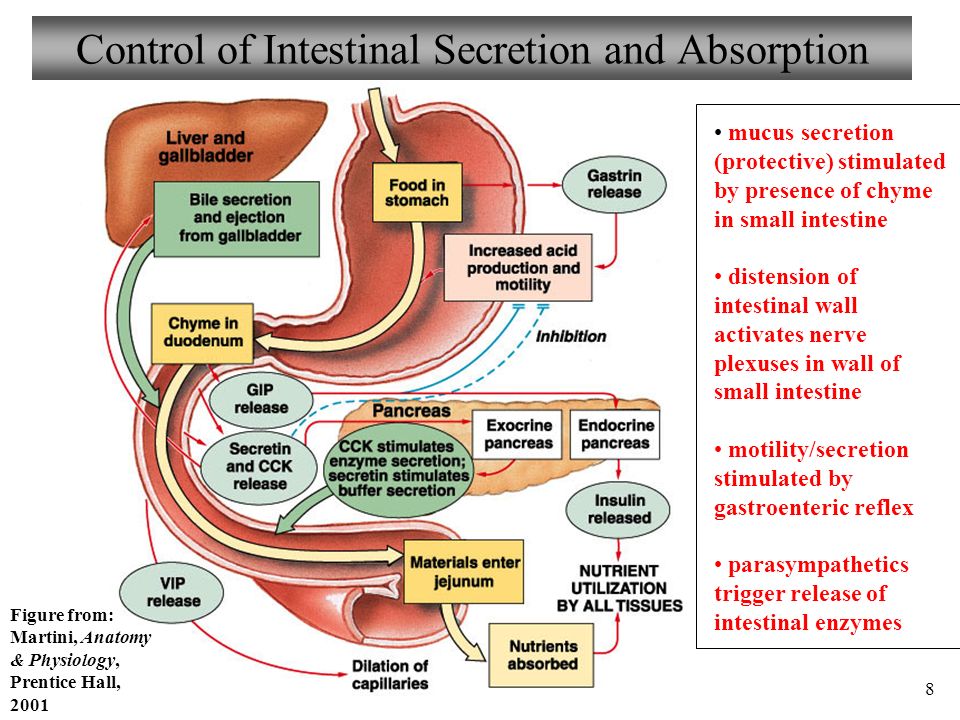 ALT is an enzyme that helps break down proteins and is found mainly in your liver. High levels in your blood could mean you have liver damage.
ALT is an enzyme that helps break down proteins and is found mainly in your liver. High levels in your blood could mean you have liver damage. High levels of the GGT enzyme could point to liver or bile duct damage.
High levels of the GGT enzyme could point to liver or bile duct damage.
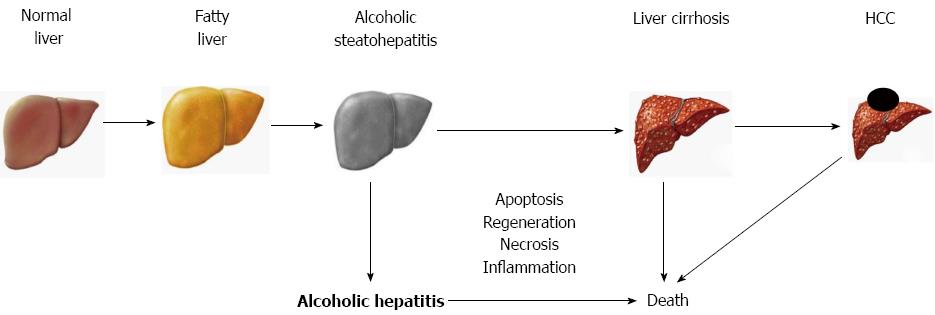


 54 “Assessment of the state of the liver”, which includes analyzes for protein fractions (albumin, α-1-globulins, α-2-globulins, β-1-globulins, γ-globulins, A / G coefficient), thymol test , total protein, lactate dehydrogenase (LDH), alkaline phosphatase, gamma-glutamyl transpeptidase (GGT), alanine aminotransferase (ALT), aspartate aminotransferase (AST), total bilirubin, direct, indirect.
54 “Assessment of the state of the liver”, which includes analyzes for protein fractions (albumin, α-1-globulins, α-2-globulins, β-1-globulins, γ-globulins, A / G coefficient), thymol test , total protein, lactate dehydrogenase (LDH), alkaline phosphatase, gamma-glutamyl transpeptidase (GGT), alanine aminotransferase (ALT), aspartate aminotransferase (AST), total bilirubin, direct, indirect.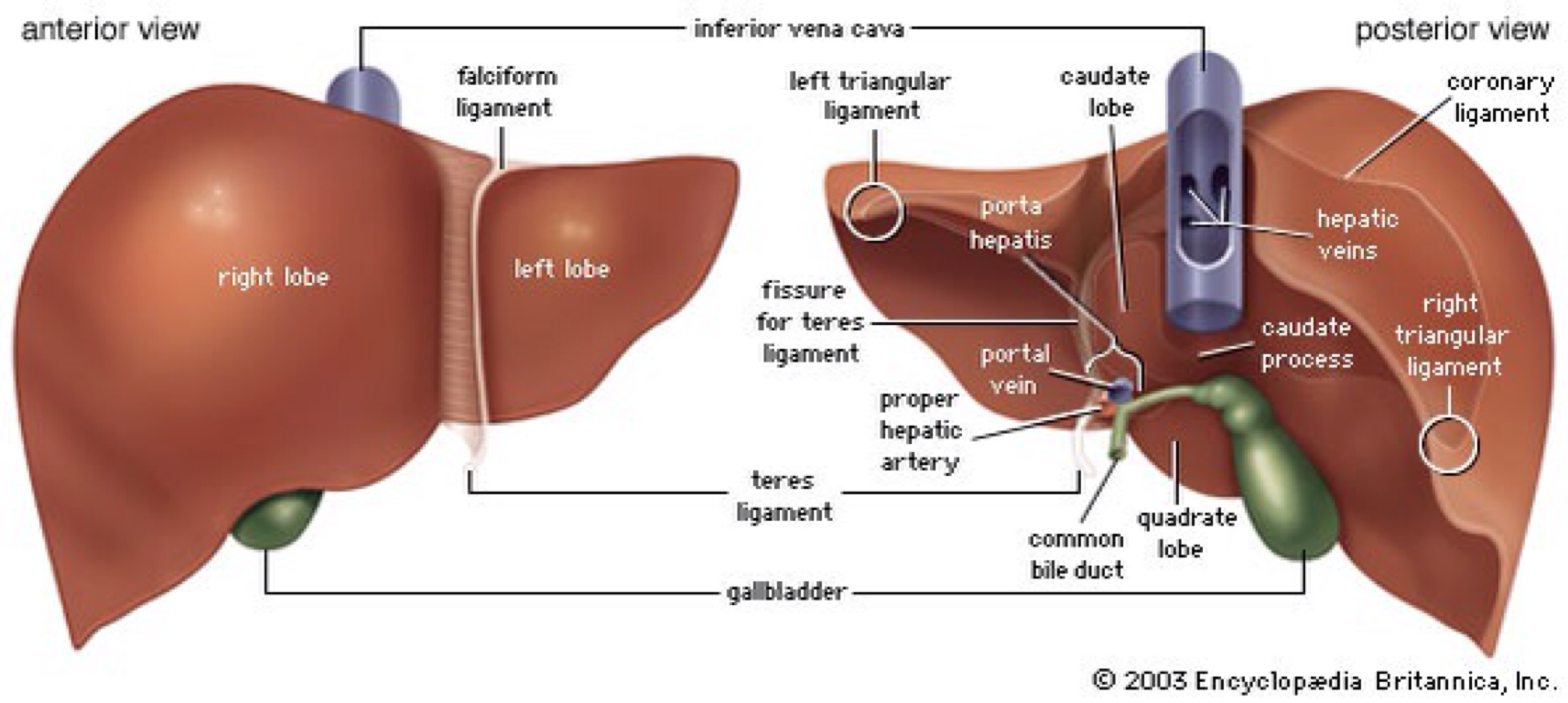 In addition, 3 days before delivery, you need to give up spicy and fatty foods.
In addition, 3 days before delivery, you need to give up spicy and fatty foods.